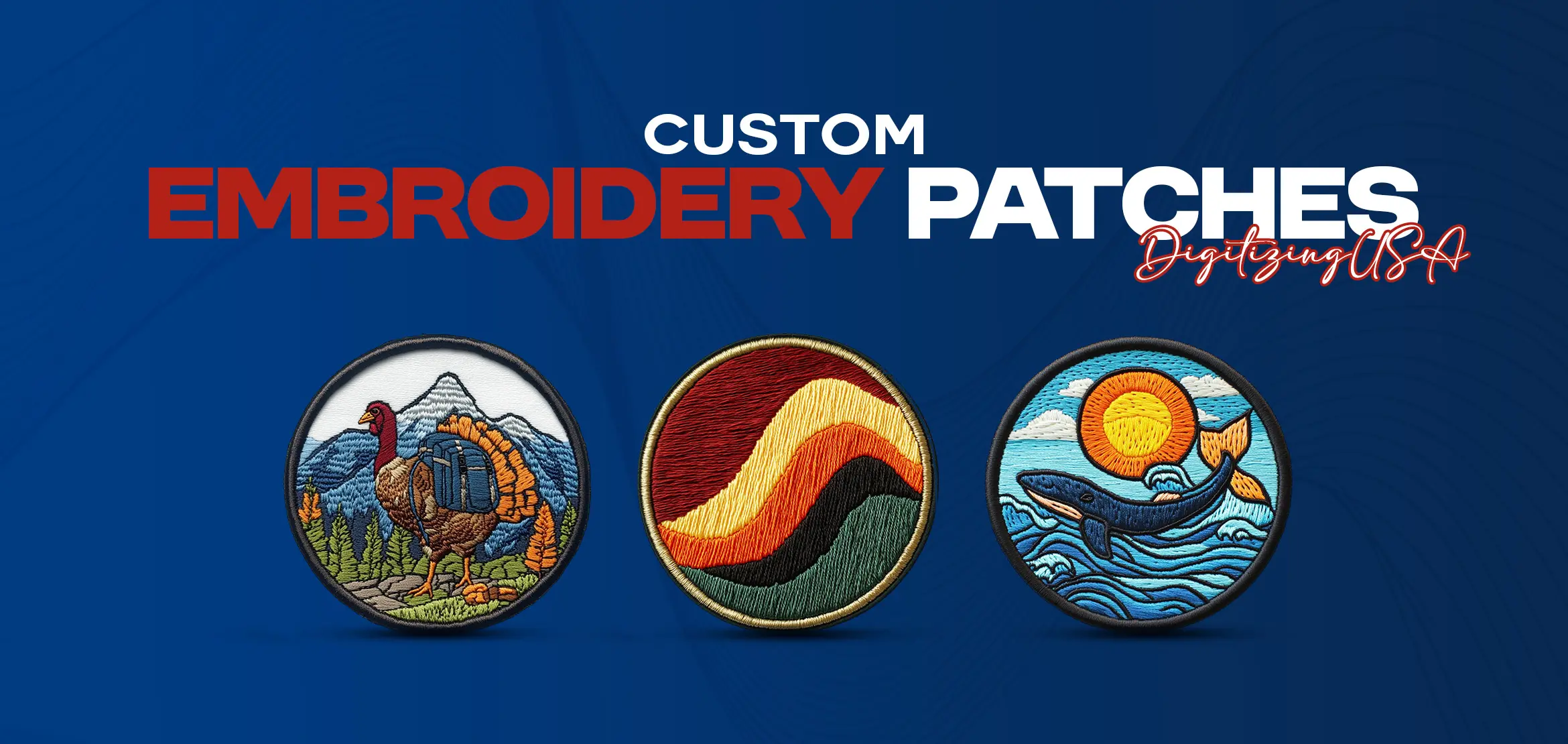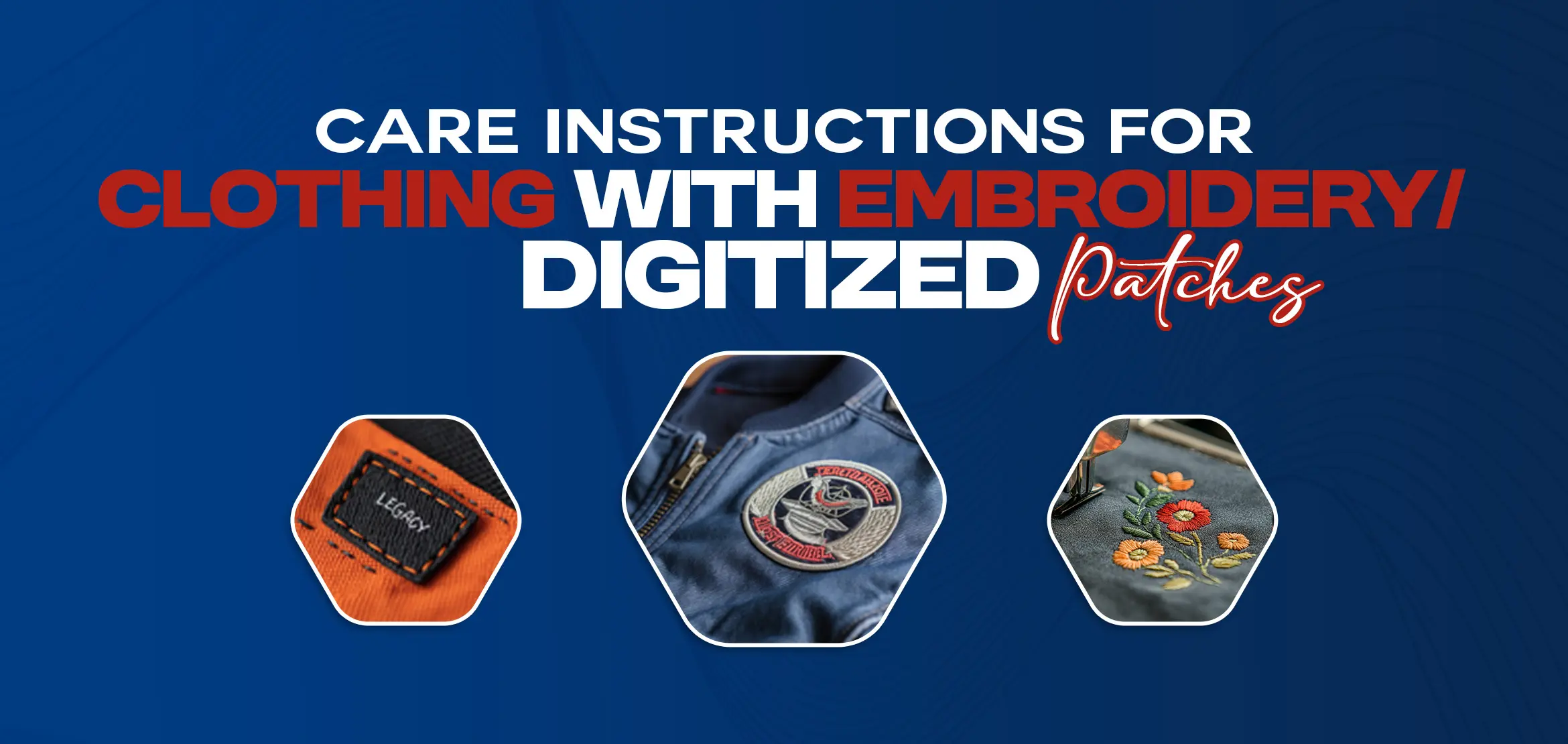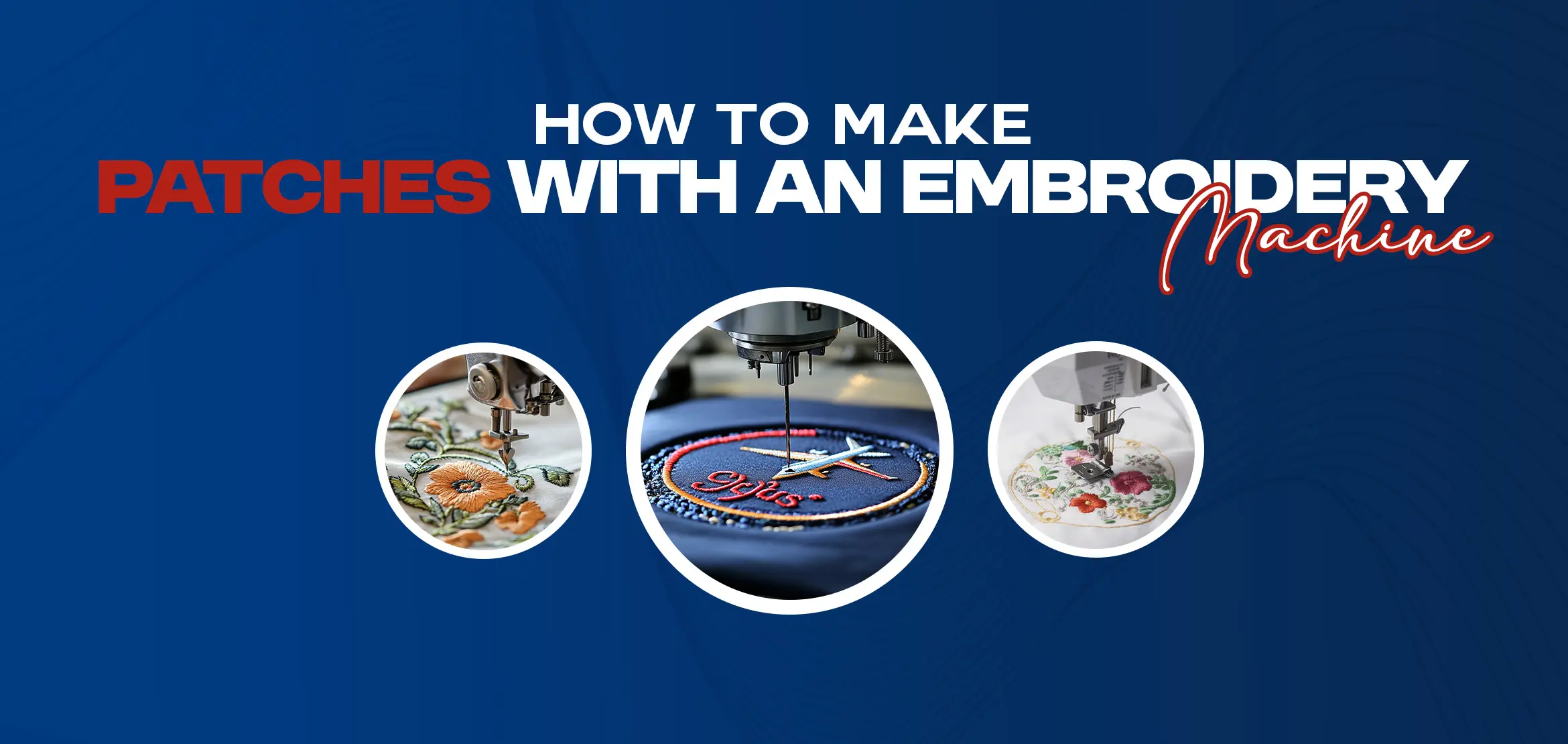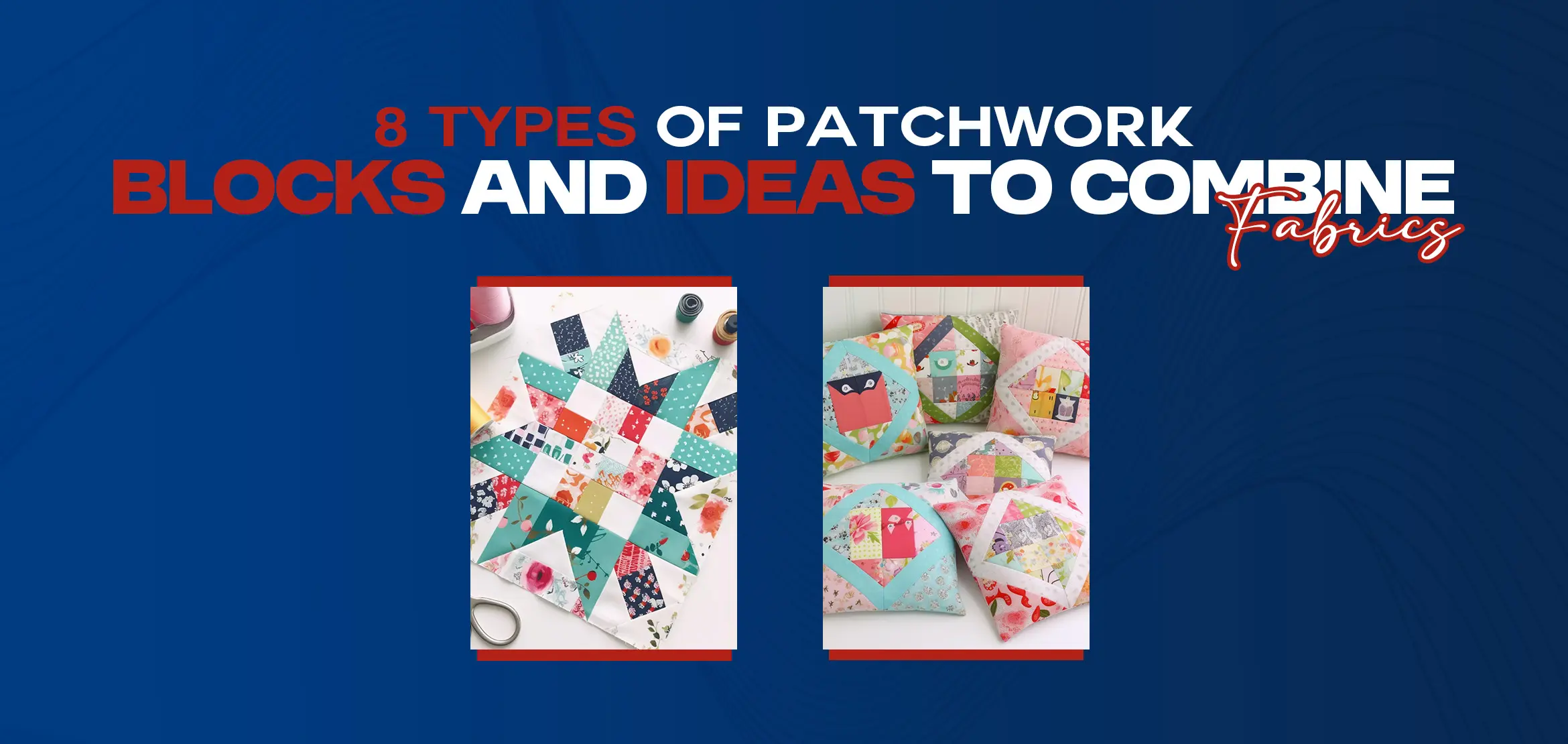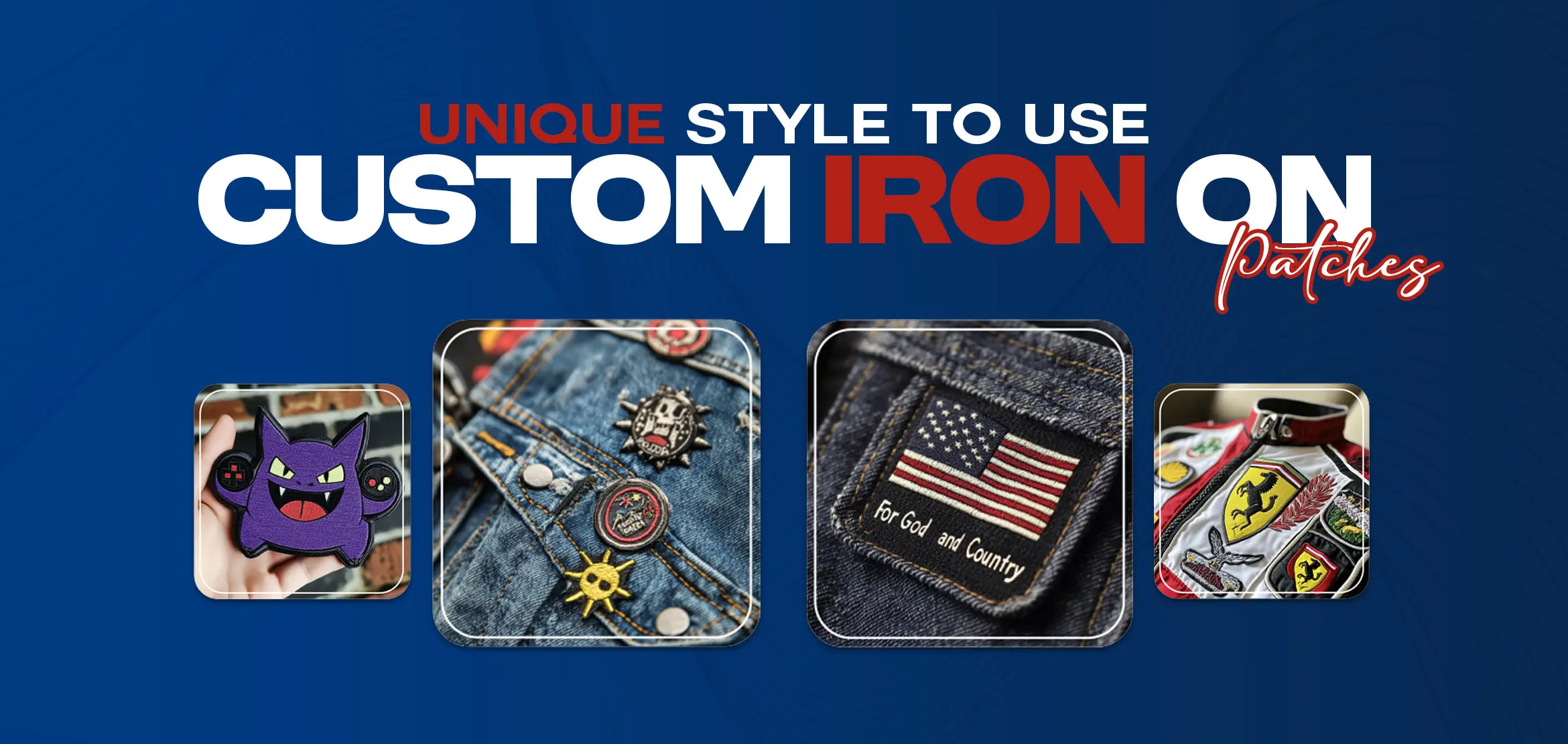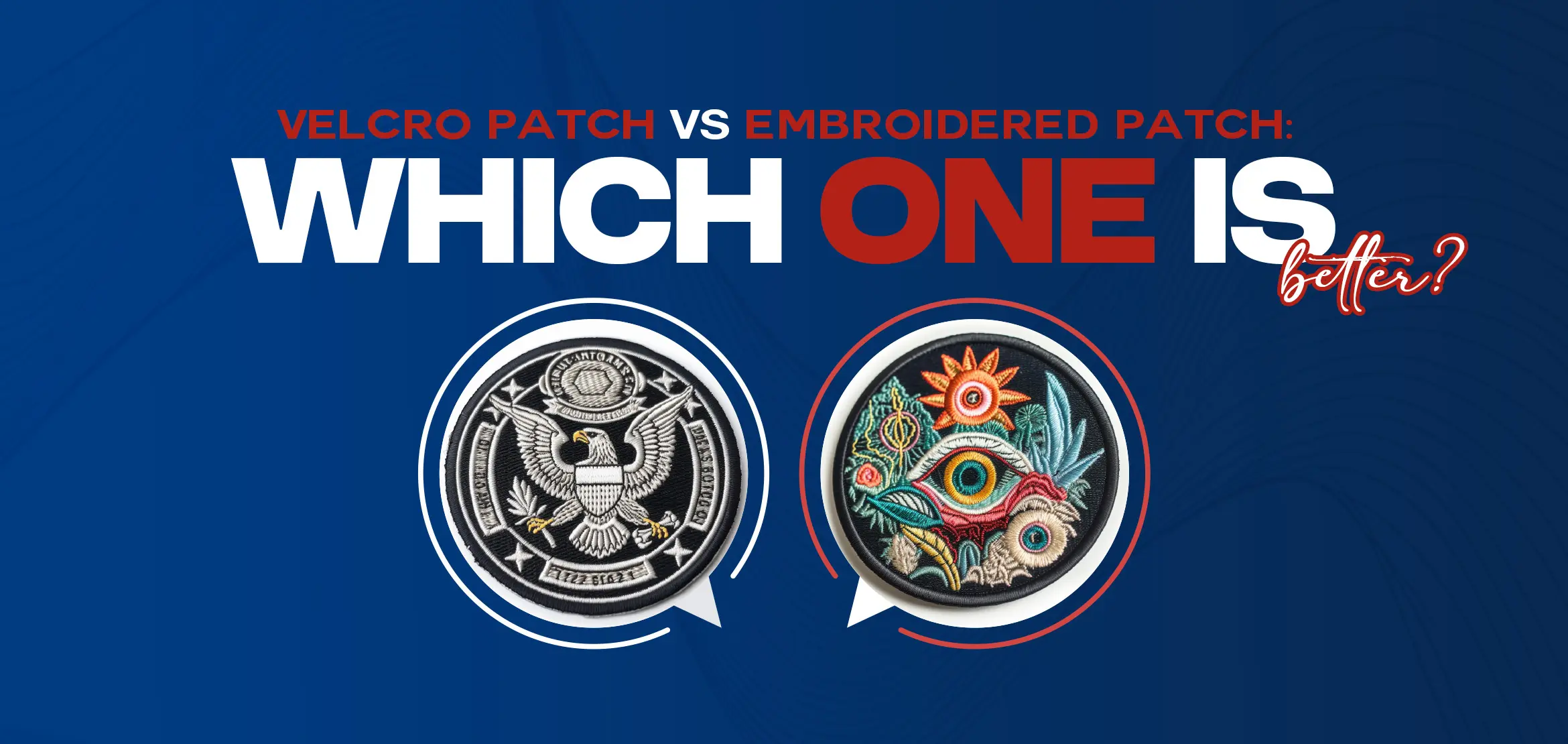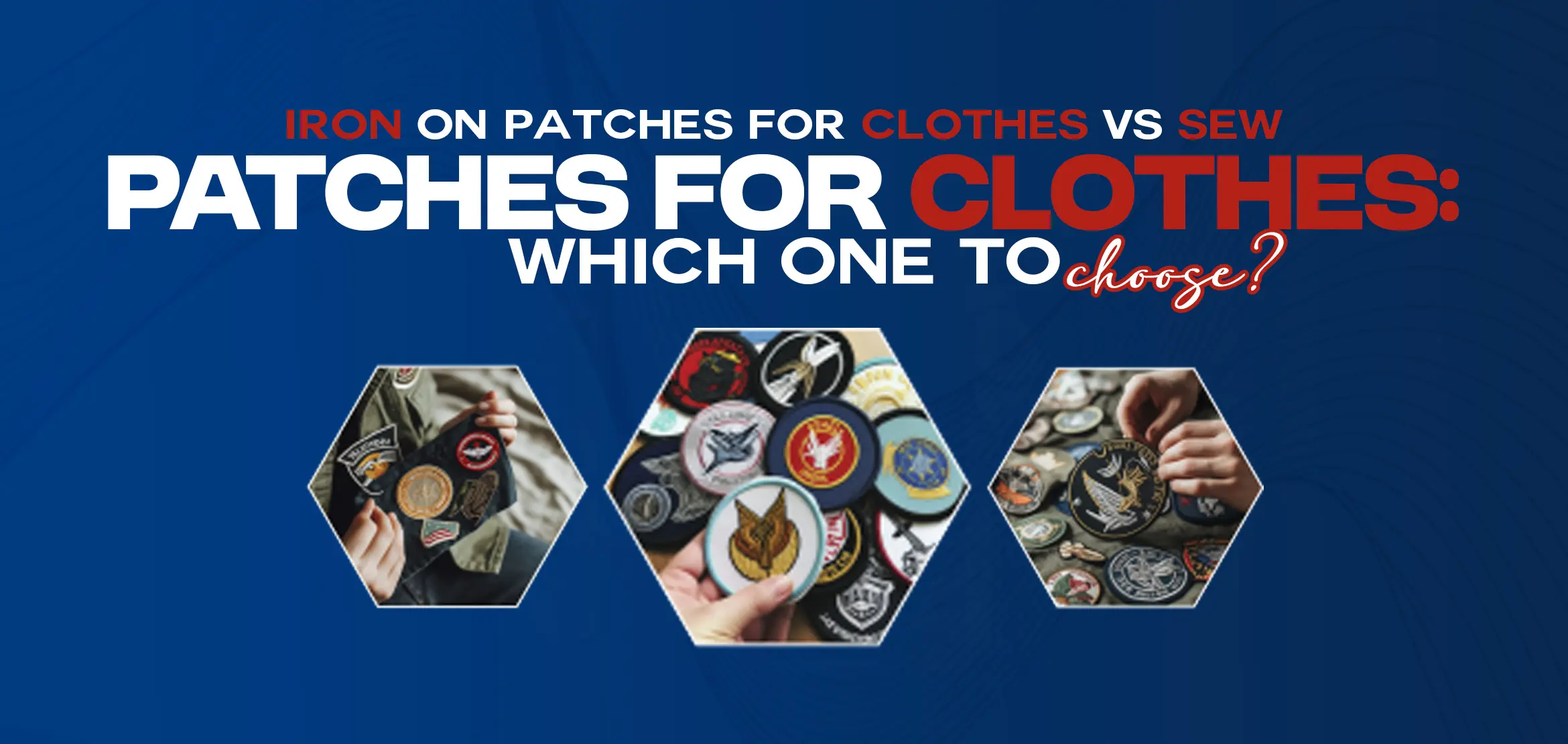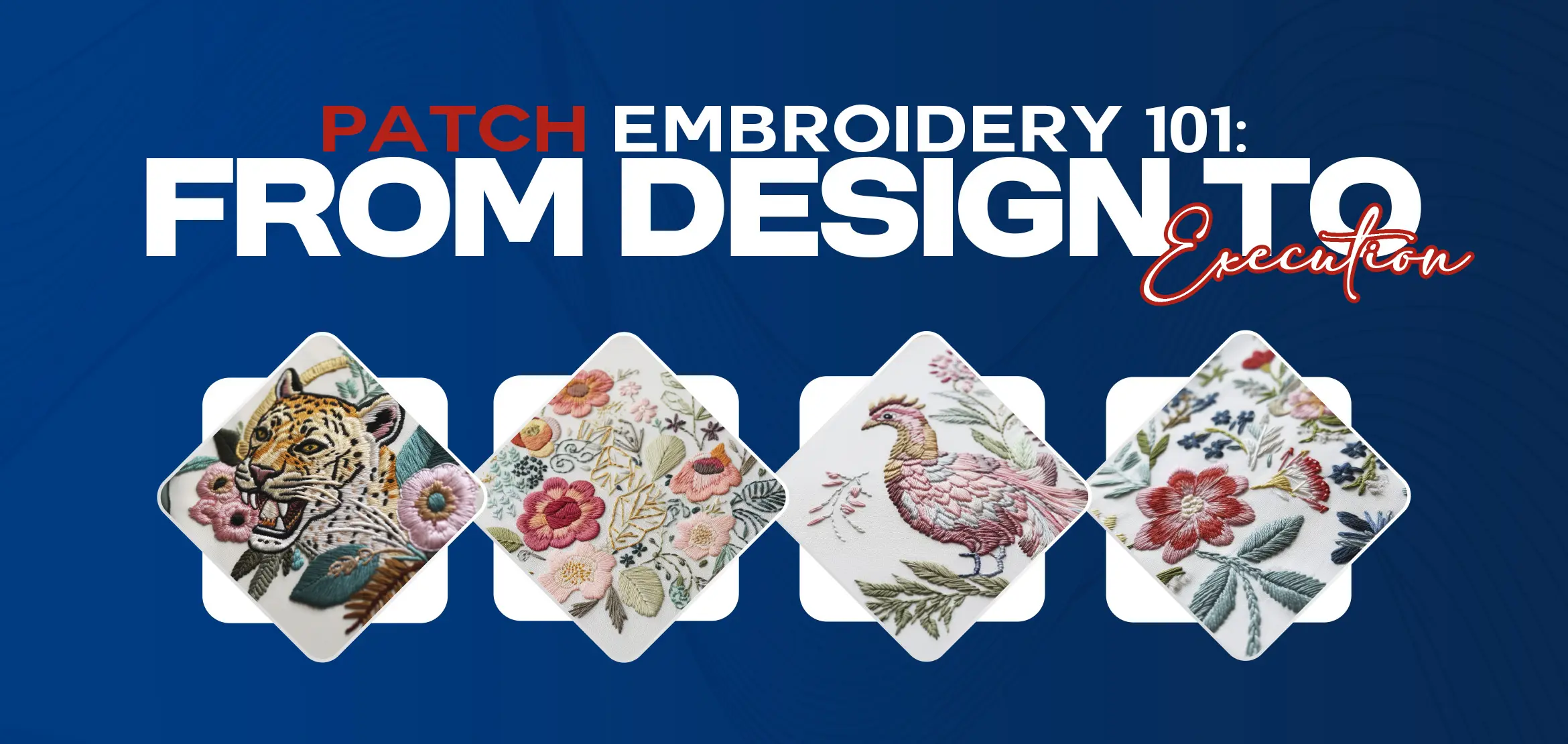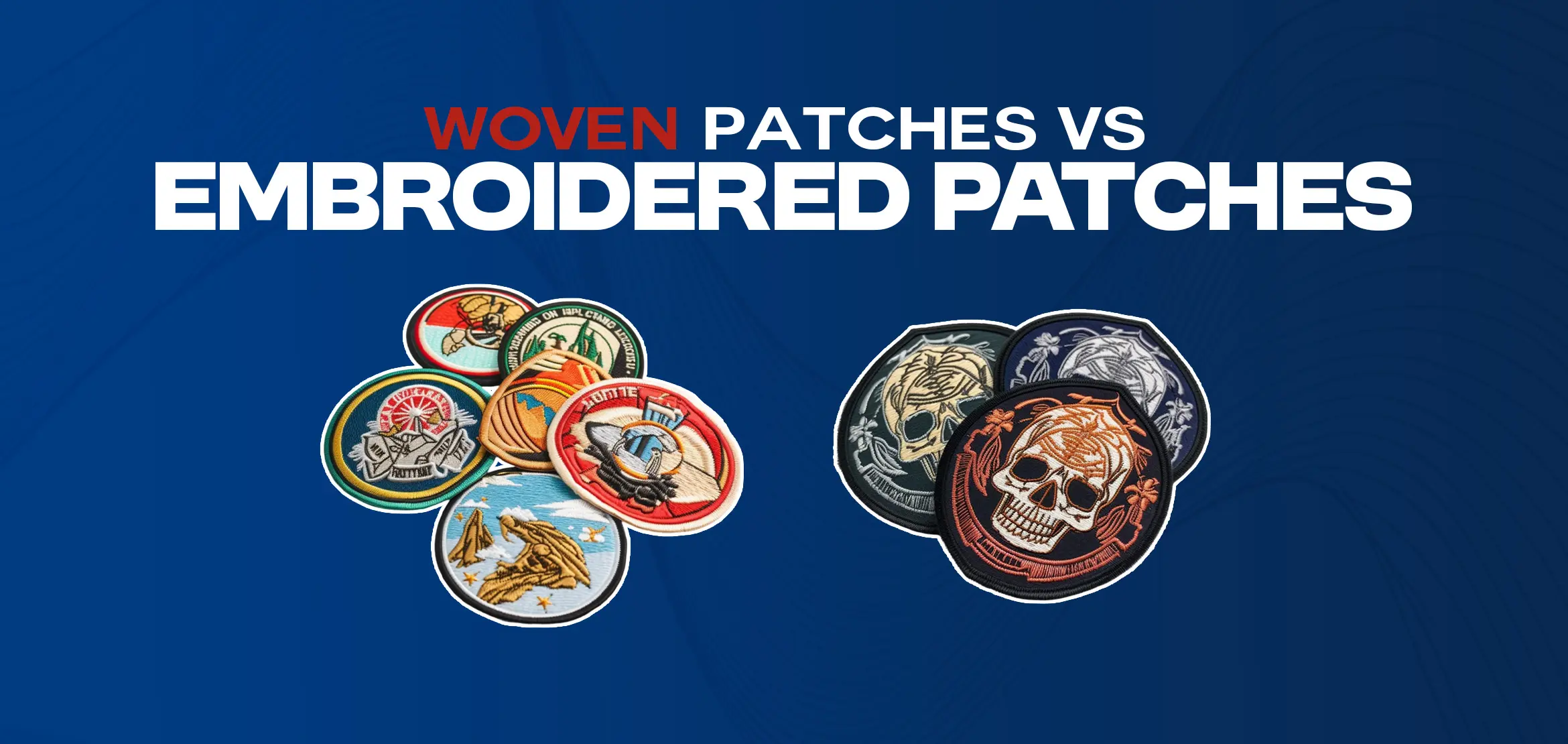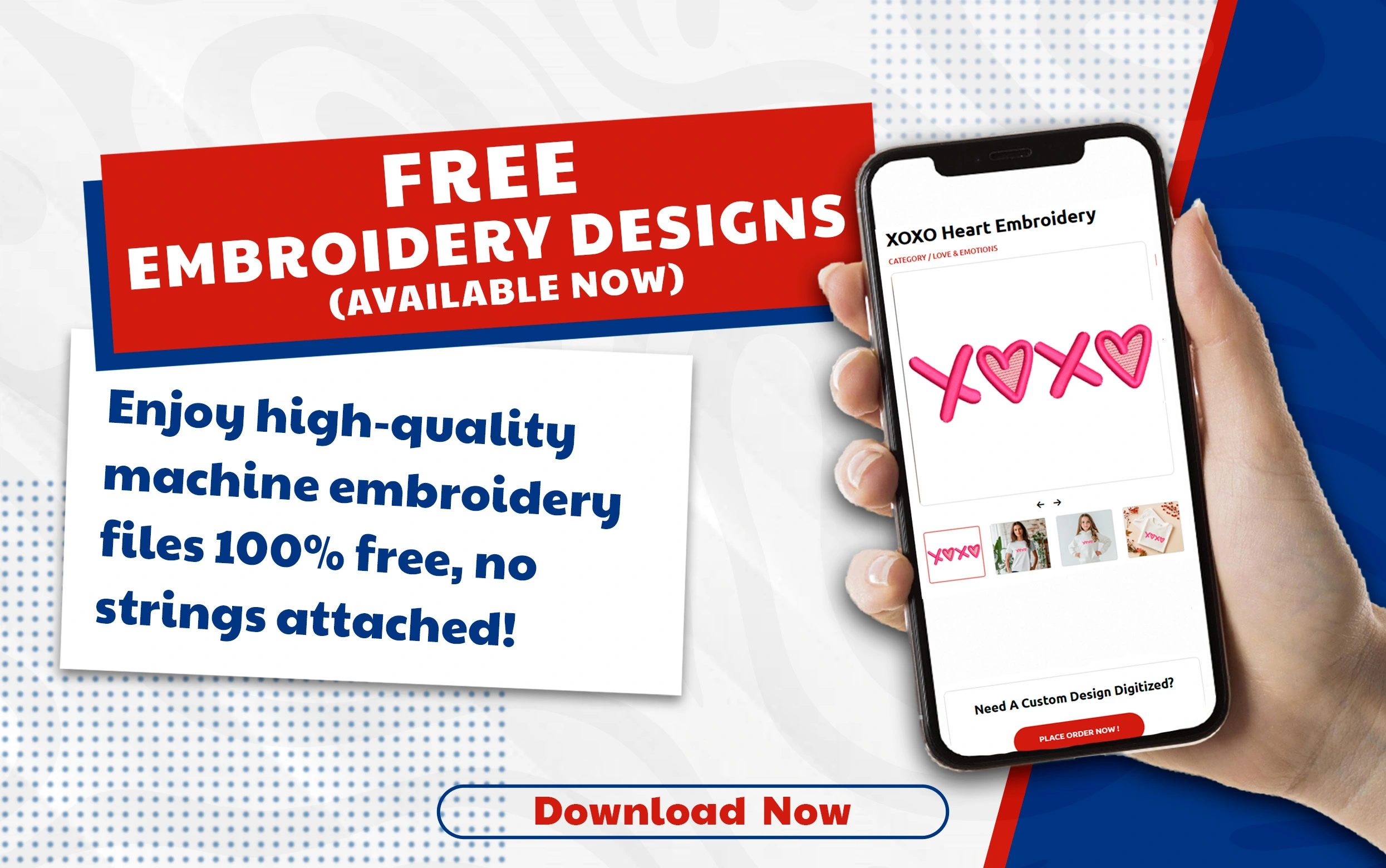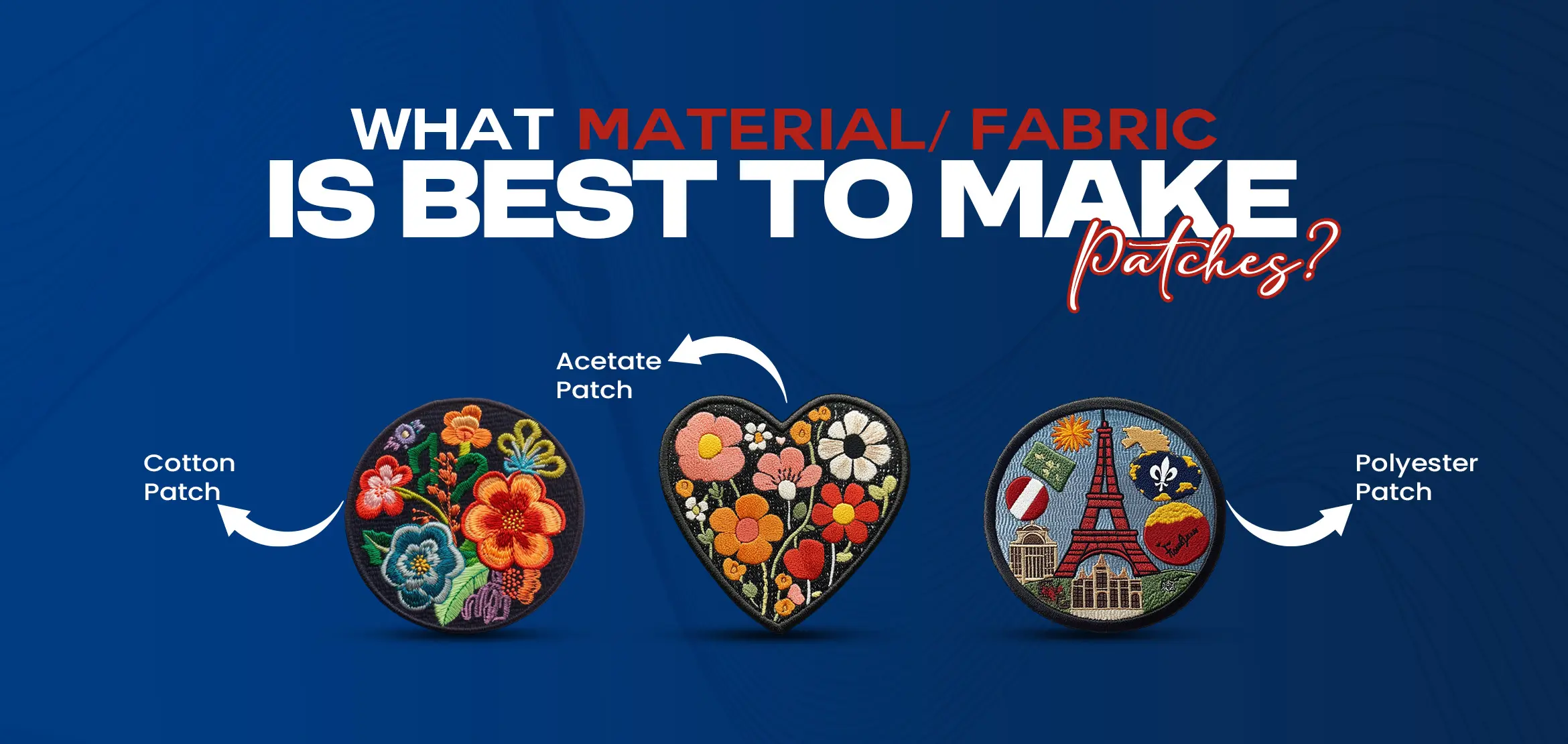
What Material/Fabric is Best to Make Patches?
Table Of Content
When you want to create high-quality embroidery patches, the fabric you choose matters a lot. It affects how the patch looks, feels, and how long it lasts. It affects the appearance and the feel of the patch as well as its durability. The patch can be applied on a jacket or a backpack, on a cap or a shirt, so there are patches that are more effective in some fabrics than others. The fabric needs to be strong enough to hold the stitches but flexible enough to be sewn or attached to something else. People usually pick the material based on the design, the purpose of the patch, and the overall cost. Below are some of the best and most commonly used fabrics for making embroidery patches. One of the best options to be used in embroidery patches is twisted. The weaving of it is angular and clean so it is strong and has a clean finish to it. This fabric is often used for workwear patches and name tags because it keeps its shape and holds embroidery well. Strong and holds stitching firmly. Smooth texture works well with detailed designs. Common in uniforms and labels. Comes in many colors and is easy to clean. Felt is soft and thick, often used for patches with bold or fun designs. One reason people like felt is that it doesn’t fray, so you can cut it easily without needing to finish the edges. Soft and thick material. Easy to cut, no fraying. Good for bold, simple shapes. Often used in kids’ crafts or decorative patches. Canvas is a tough fabric, usually made from cotton or a cotton blend. It’s heavy and works great for outdoor patches or patches that will go on items used every day, like bags or work gear. Strong and long-lasting. Handles heavy stitching well. Good choice for tough items. Gives a natural, sturdy look. Denim is thick and textured, which makes it another good base for patches. It’s mostly used in fashion items and adds a casual style to the patch. It’s the same fabric as jeans, so it blends well with denim jackets or pants. Thick and tough. Often used in fashion patches. Holds embroidery without stretching. Looks great on jeans, jackets, or backpacks. Cotton is a soft and light fabric. It’s easy to work with and sew but it may not be strong enough for dense stitching. It works best for simple, light patches or custom craft designs. Easy to handle and sew. Soft and breathable. Best for low-stitch or lightweight patches. Used in hobby and gift patches. Wool feels warm and soft. It’s not the most common fabric for patches, but it’s great when you want a traditional or vintage look. It’s often used for school patches, like those on letterman jackets. Soft and warm. Brings a classic look. Great for bold, thick letters or shapes. Common on varsity and school jackets. Polyester is a man-made fabric that’s very strong and keeps its shape even after many washes. It also holds color well, making it a good option for detailed and long-lasting embroidery patches. Resists shrinking and wrinkles. Holds up well in the wash. Smooth surface for neat stitching. Often used in work uniforms and commercial patches. Lilen is made from flax and is soft and light. It’s not as thick as other fabrics, so it’s better for decorative patches with light embroidery. It gives a classy and natural look. Lightweight and airy. Natural soft texture. Best for simple and artistic designs. Often used in crafts and custom designs. If you're trying to make an embroidery patch but don’t know which fabric to choose, or you’re struggling with the design part,Digitizing USA is here to support you. We create custom embroidery patches and offer professional embroidery digitizing services at affordable prices across the USA. Whether your patch design is simple or complex, we deliver high-quality results with no hidden charges. Our standard delivery time is fast, usually within 2 to 6 hours. If you want reliable, quick, and professional service, Digitizing USA is ready to help. Place your order today and let us handle the rest. Picking the right fabric is one of the most important steps when making a patch. Each fabric has different qualities. Twill and canvas are strong and great for detailed work. Felt and cotton are softer and better for light designs. Polyester holds color well, while wool and denim add texture and style. Before choosing which patch to use, decide what, where, and how you plan to apply it. In this manner, you'll have a patch that feels comfortable, looks nice, and lasts a long time. Twill
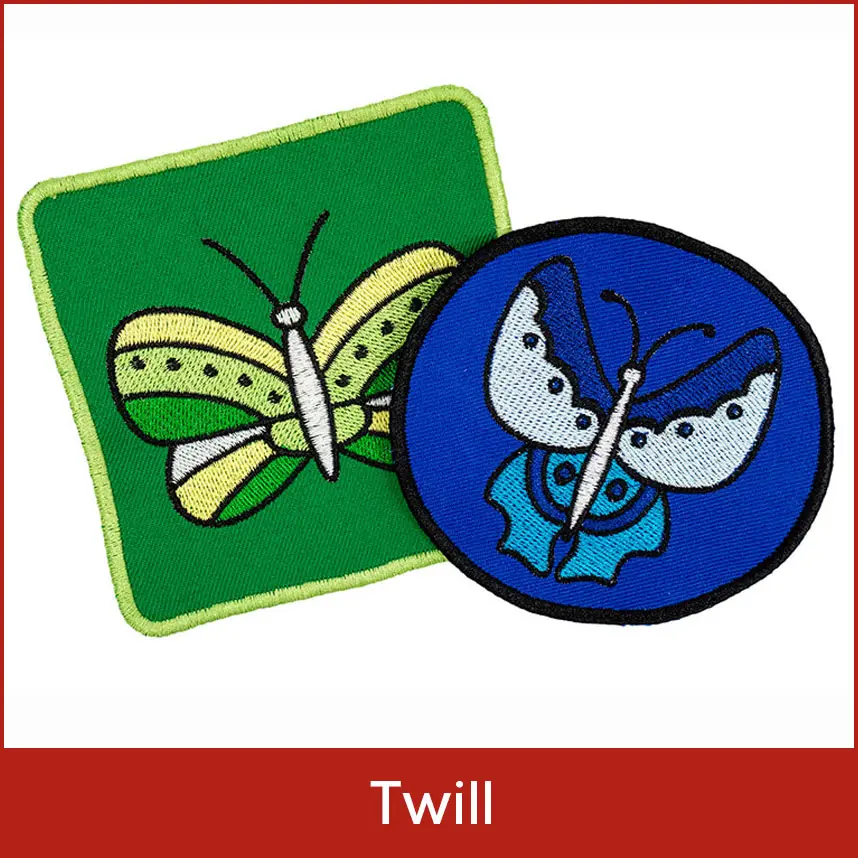
Felt
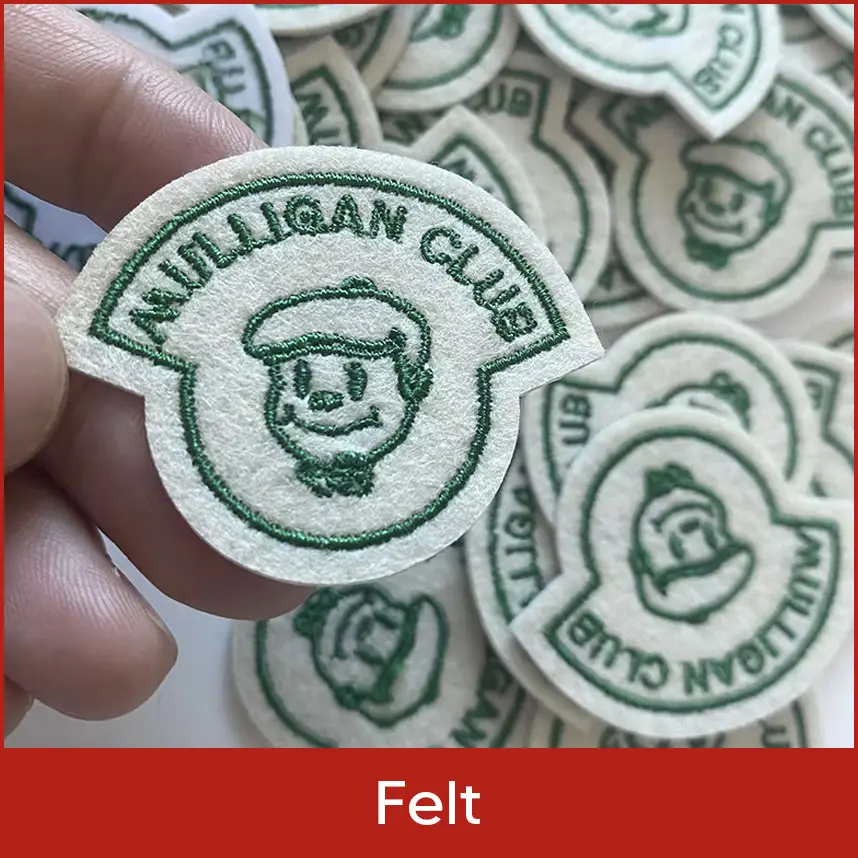
Canvas
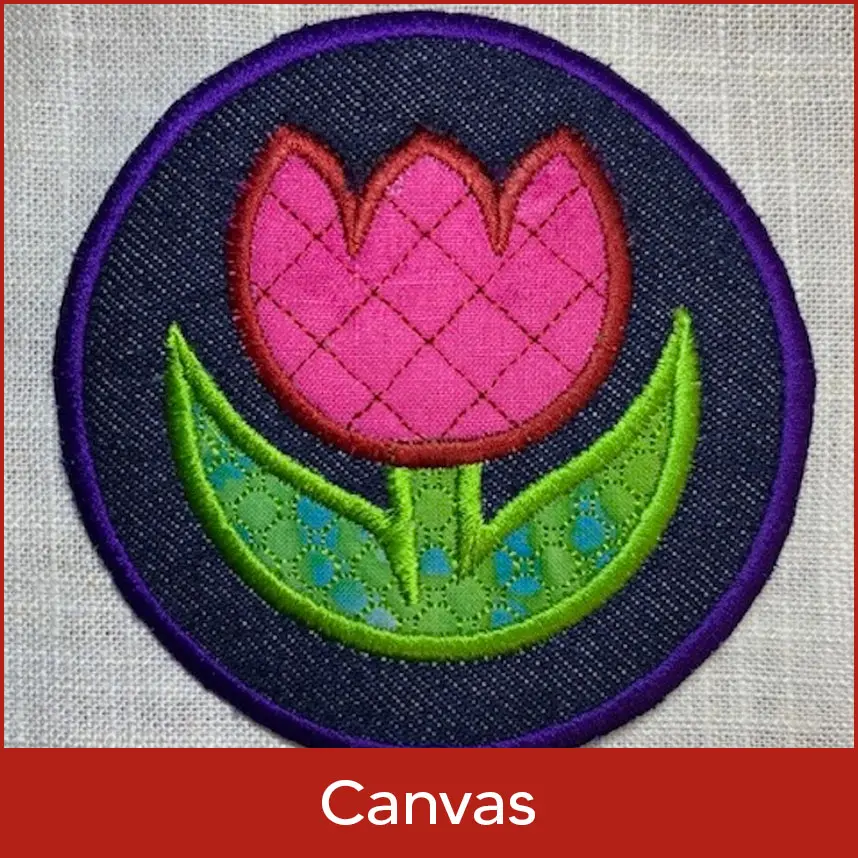
Denim
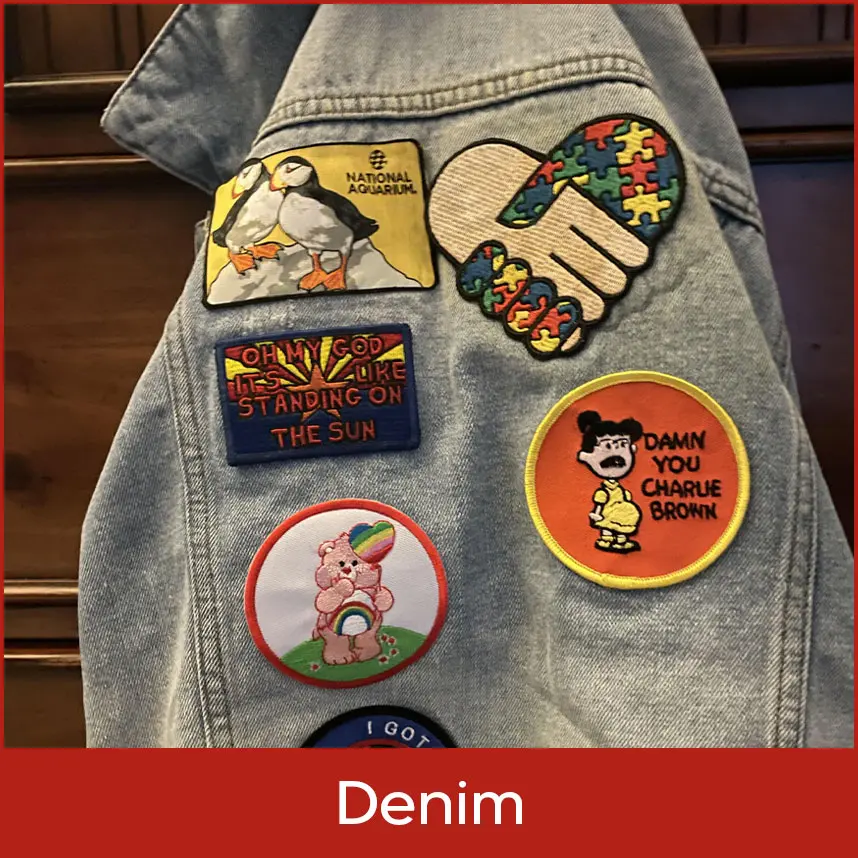
Cotton
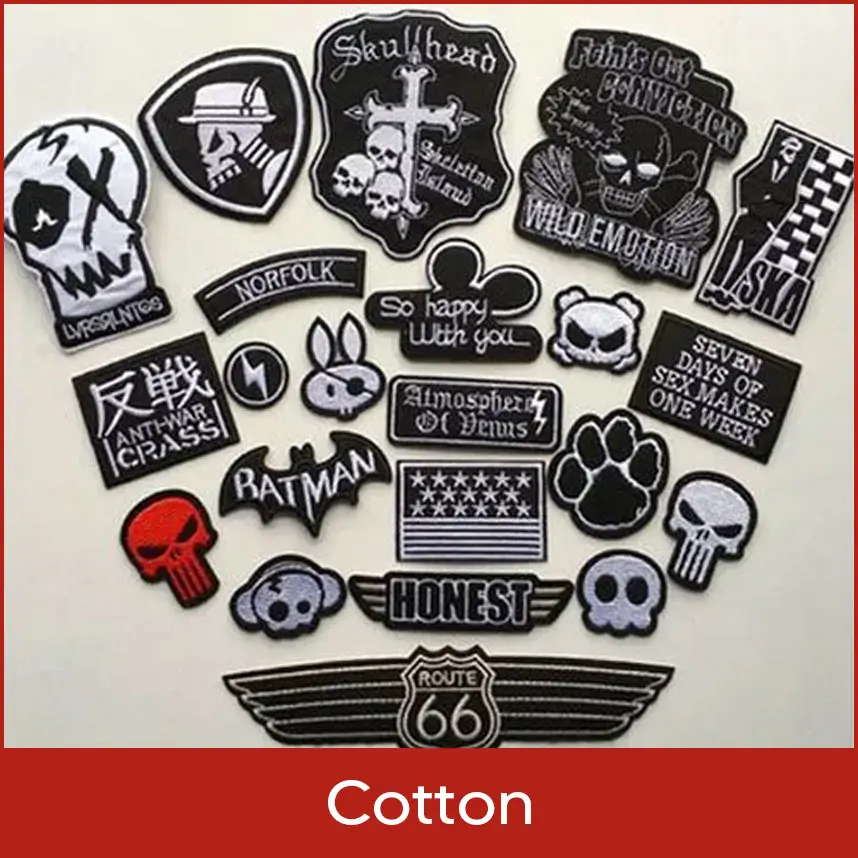
Wool
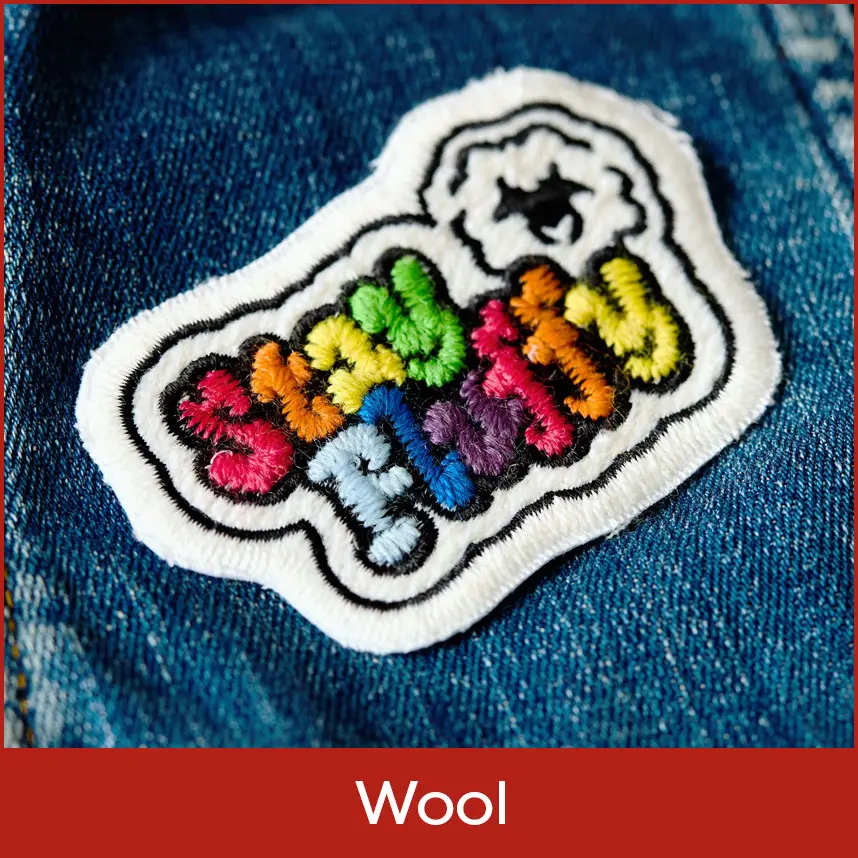
Polyester
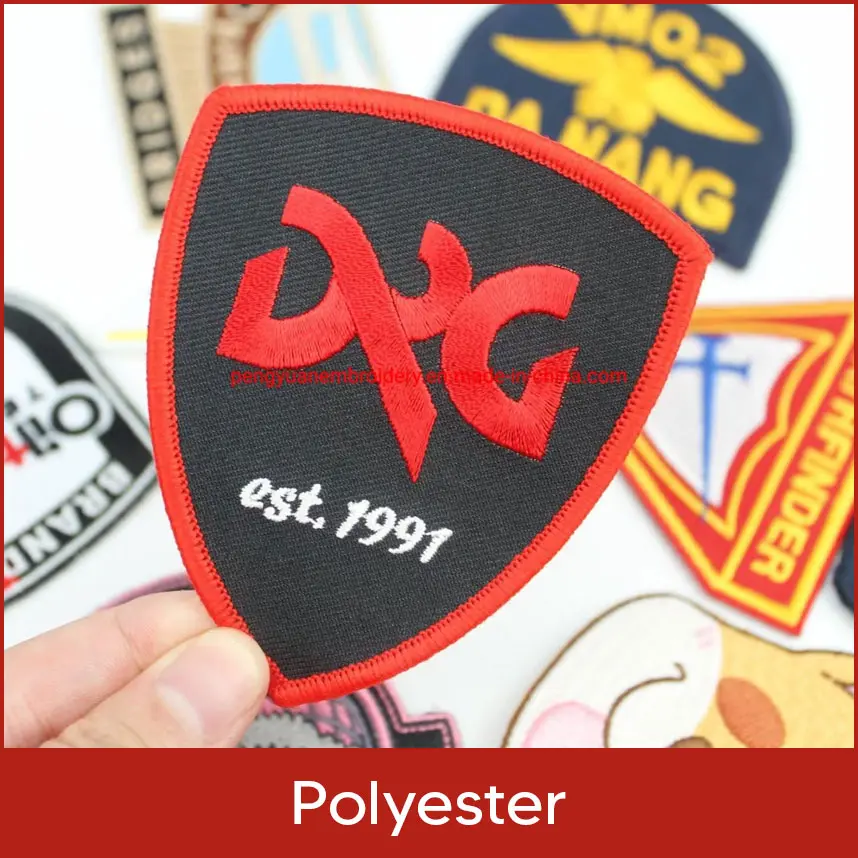
Lilen
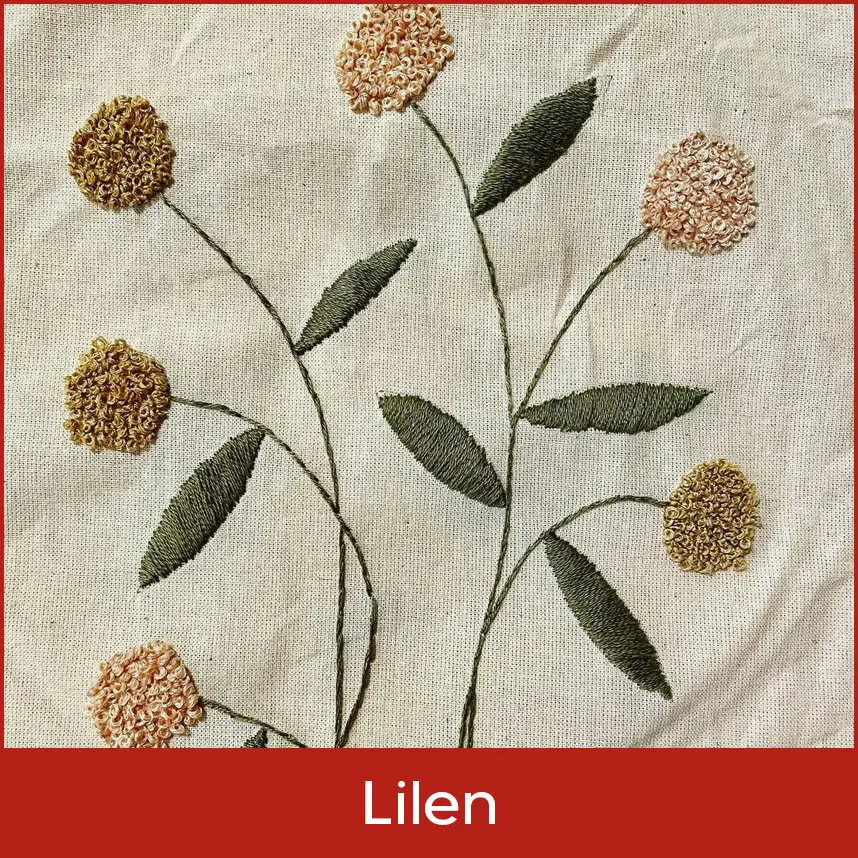
Need Help with Patch Design or Fabric Choice?
Conclusion
